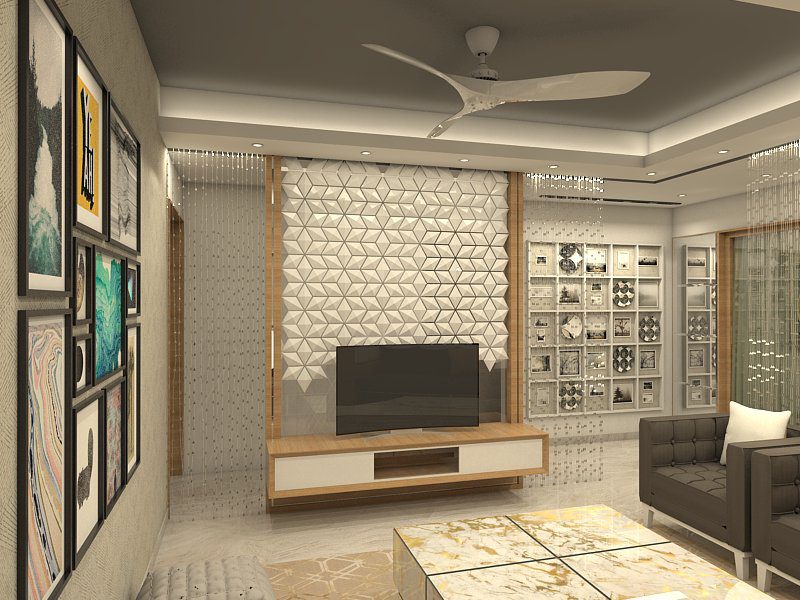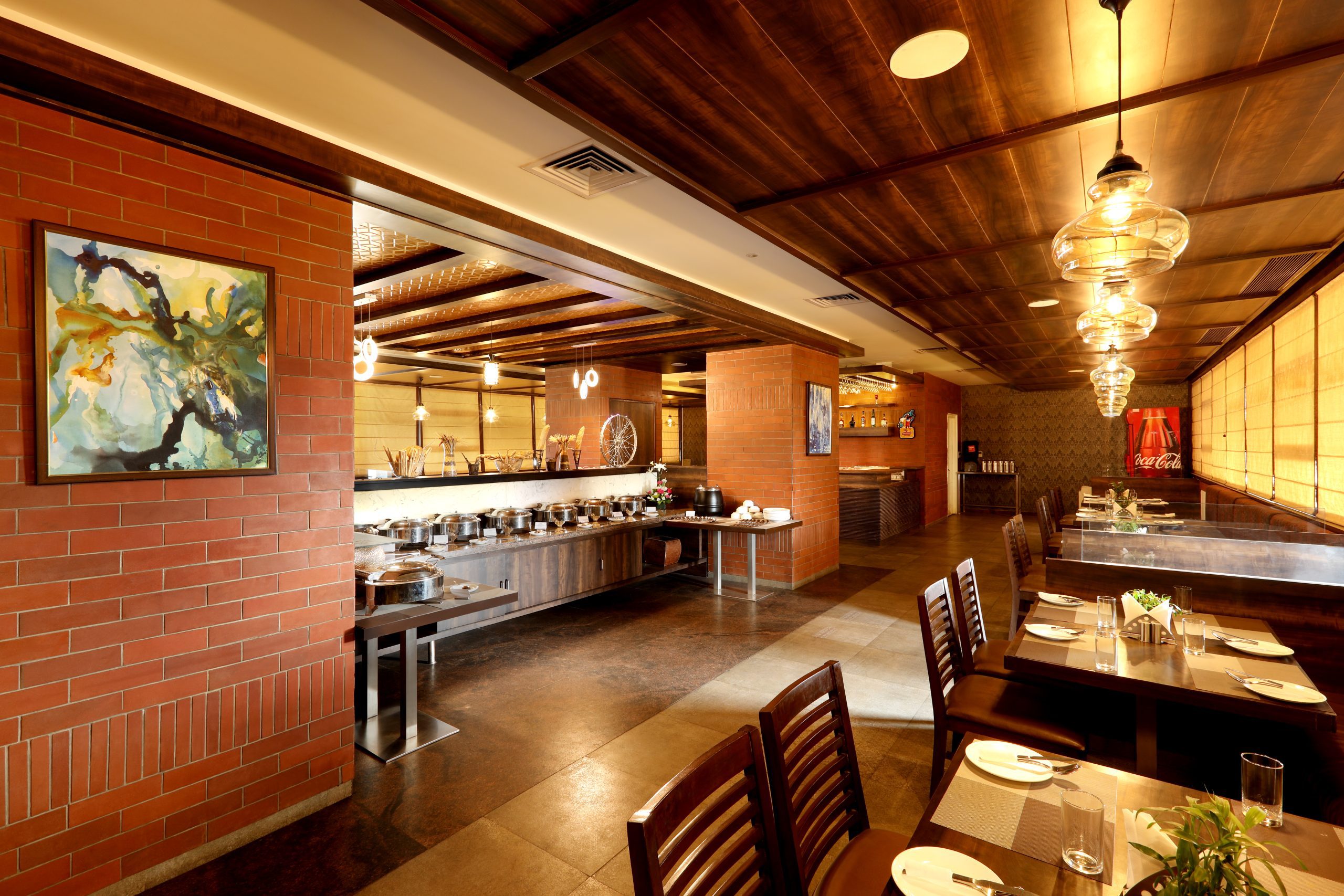
Why Scandinavian architecture is becoming increasingly popular
There’s something about Scandinavian architecture design that just feels cozy and calming. Maybe it’s the light wooden finishes or the way that each space is designed to be both functional and beautiful. Whatever it is, this style of architecture has been gaining in popularity in recent years, and it doesn’t look like it’s going away anytime soon.
If you’re curious to learn more about Scandinavian design, or if you’re considering using this style in your next home renovation project, keep reading. We’ll explore some of the key features of Scandinavian architecture and why people are drawn to it. Plus, we’ll provide some tips on how you can get the look yourself!
What is Scandinavian architecture and why is it becoming popular?
Scandinavian architecture is a style that emphasizes simplicity and functionality. It is often inspired by the calming nature of the Nordic countries, and it seeks to create light-filled spaces with less clutter.
Common features of Scandinavian design elements include use of wood and natural materials, clean lines, natural texture, and a focus on crafting functional yet beautiful spaces.

In recent years, Scandinavian architecture has become increasingly popular, due in part to its calming aesthetic and its emphasis on sustainable design principles. As more people seek to create homes that are both beautiful and eco-friendly, Scandinavian architecture is likely to continue gaining popularity.
Elements of Scandinavian architecture that are attracting people to it
Few architectural styles have increased in popularity as much as Scandinavian design in recent years. This minimalist aesthetic, characterized by functionality, simplicity, and craftsmanship, has won over homeowners around the world.
Part of the appeal of contemporary Scandinavian architecture lies in its focus on natural materials and simplistic design. Rather than being overloaded with unnecessary embellishments, Scandinavian homes are designed to be comfortable and functional.
This focus on functionality ensures that each element serves a purpose, making the home more efficient and easier to live in. In addition, the use of natural materials such as wood and stone helps to create a warm and inviting atmosphere. Whether you’re looking for a cozy cabin in the woods or a modern city loft, Scandinavian architecture is sure to have something to offer.
Some famous examples of Scandinavian architecture around the world
Oslo Opera House is one of the most iconic examples of Scandinavian architecture. Located in Oslo, Norway, it was designed by a Norwegian architect, Oslo Opera House is one of the world’s most famous buildings. Completed in 2007, it has become a symbol of Oslo and a popular tourist attraction. The building features expressive white forms that resemble snow-capped mountains, reflecting Oslo’s landscape.
Iceland’s Harpa concert hall and conference centre are other famous examples of Scandinavian architecture. Designed by the Danish firm Henning Larsen Architects, it was completed in 2011. The building’s façade is made up of over 1,000 individual glass panels, each with a unique pattern that resembles a fish scale. The façade changes color as the light shifts throughout the day, creating a beautiful ever-changing effect.
Aros Art Museum in Aarhus, Denmark is another example of Scandinavia’s contribution to the world of architecture. Designed by Norwegian architectural firm Schmidt Hammer Lassen Architects, it was completed in 2014.
The museum features a series of curved walls that create a soft and welcoming space for visitors. The walls are covered with over 3,000 aluminum panels that reflect the changing light and colors of the sky throughout the day. These are just a few examples of the many iconic buildings that have been created by Scandinavian architects.
The benefits of adopting this type of architecture in your home
Clean lines, a spacious look, and an emphasis on simplicity – are just some of the reasons why Scandinavian architecture has become so popular in recent years. And it’s not just limited to public spaces like offices and hotels; more and more people are adopting this style in their homes as well. One of the main benefits of Scandinavian architecture is that it is cost-effective.

This is because the focus is on functionality rather than on unnecessary details or embellishments. In addition, less clutter means that rooms look bigger and cleaner, creating a calm and relaxing vibe. Finally, Scandinavian architecture is also eco-friendly, using sustainable materials and construction methods. So if you’re looking for a clean, modern, and cost-effective way to renovate your home, Scandinavian architecture may be the perfect choice for you.
How to incorporate some aspects of Scandinavian architecture into your own home design
If you’re interested in incorporating some aspects of Scandinavian architecture into your own home design, there are a few things to keep in mind. First, Scandinavian design is all about being environmentally friendly and energy efficient. This means using sustainable materials and natural light to create a cozy space that blends with nature. Second, the Scandinavian design emphasizes simplicity and functionality.
This means keeping things clean and clutter-free, with an emphasis on storage and organization and finally, don’t be afraid to experiment with color and pattern. Scandinavian design is known for its use of bright, bold colors, so have fun with it! By following these simple guidelines, you can easily bring a touch of Scandinavia to your home.
Conclusion
Scandinavian architecture is becoming increasingly popular for its clean lines, natural materials, and simple but effective designs. Bara Architects can help you to incorporate these features into your home or office space, creating a stylish and practical living or working environment. If you’re interested in finding out more about how Scandinavian design could work for you, get in touch with us today.



